a multifaceted soul
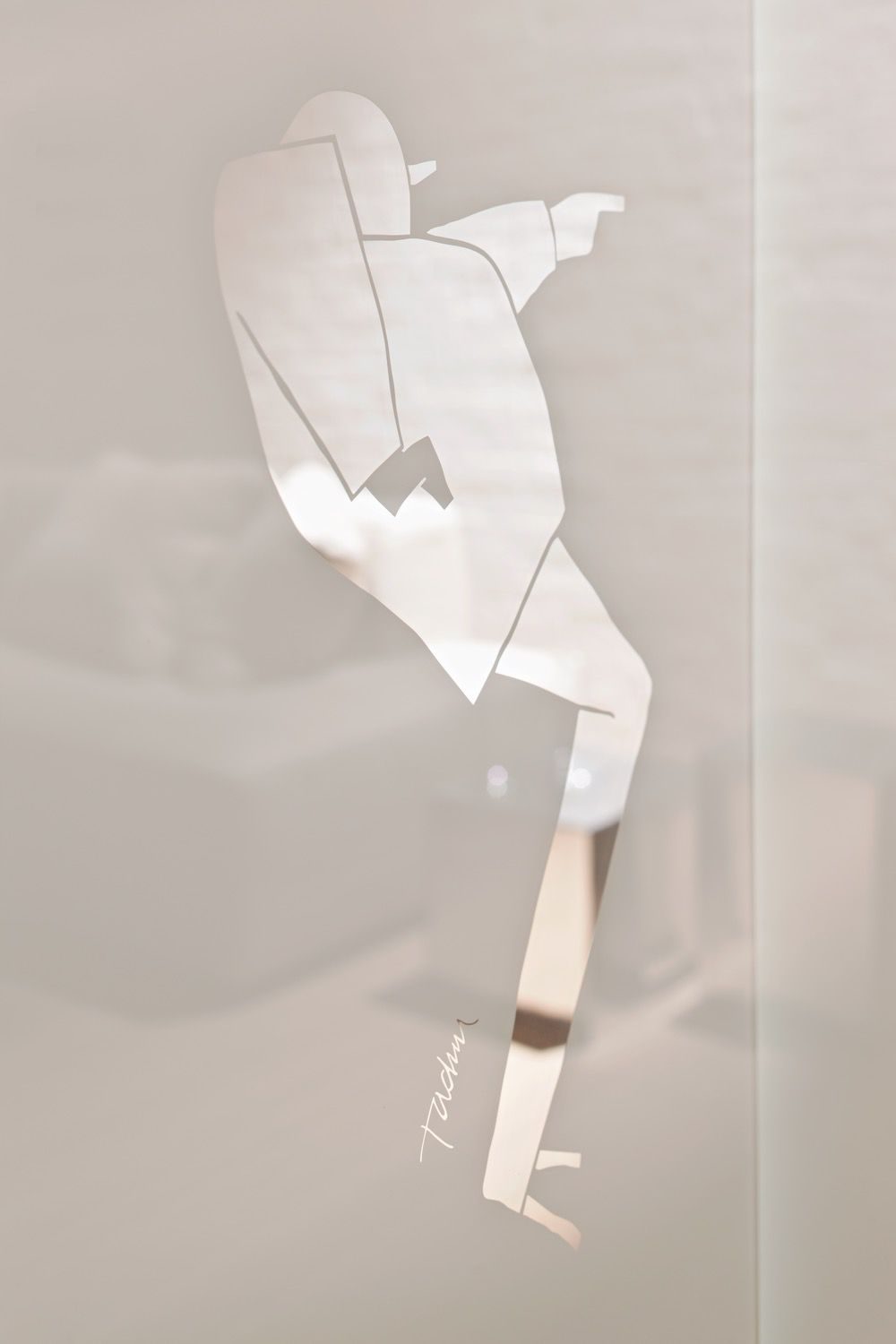
Poetry
Emilio Tadini, a multifaceted soul, was a charming man with many qualities: active in the cultural debate, surprising in writing and painting in cast acrylic, without ever missing a line.
We met him for the first time in his studio in Milan, in a long, narrow basement of a typical Milanese house, with big doors and vents facing out over the busy street, allowing the light to filter in. We entered in the factory of dreams, filled with books and silhouettes of fairy-tale characters, organised precisely, with a myriad of virgin canvases arranged on the one hand, with many finished ones on the other, and at least four on tripods, ready to be painted.
And there he was, sitting on an old barber chair stained here and there with colour, to observe the work just finished. Two minutes before starting to daydream with us.

Forms and figures of the dream world are told in the reflections of light on the glass mirror surface; a fantastic language amplifies the changing moods that seem to have no border and gives real depth to their characters, animating life of their own.
Città
AfraeTobiaScarpa
a refined, playful and modern vision
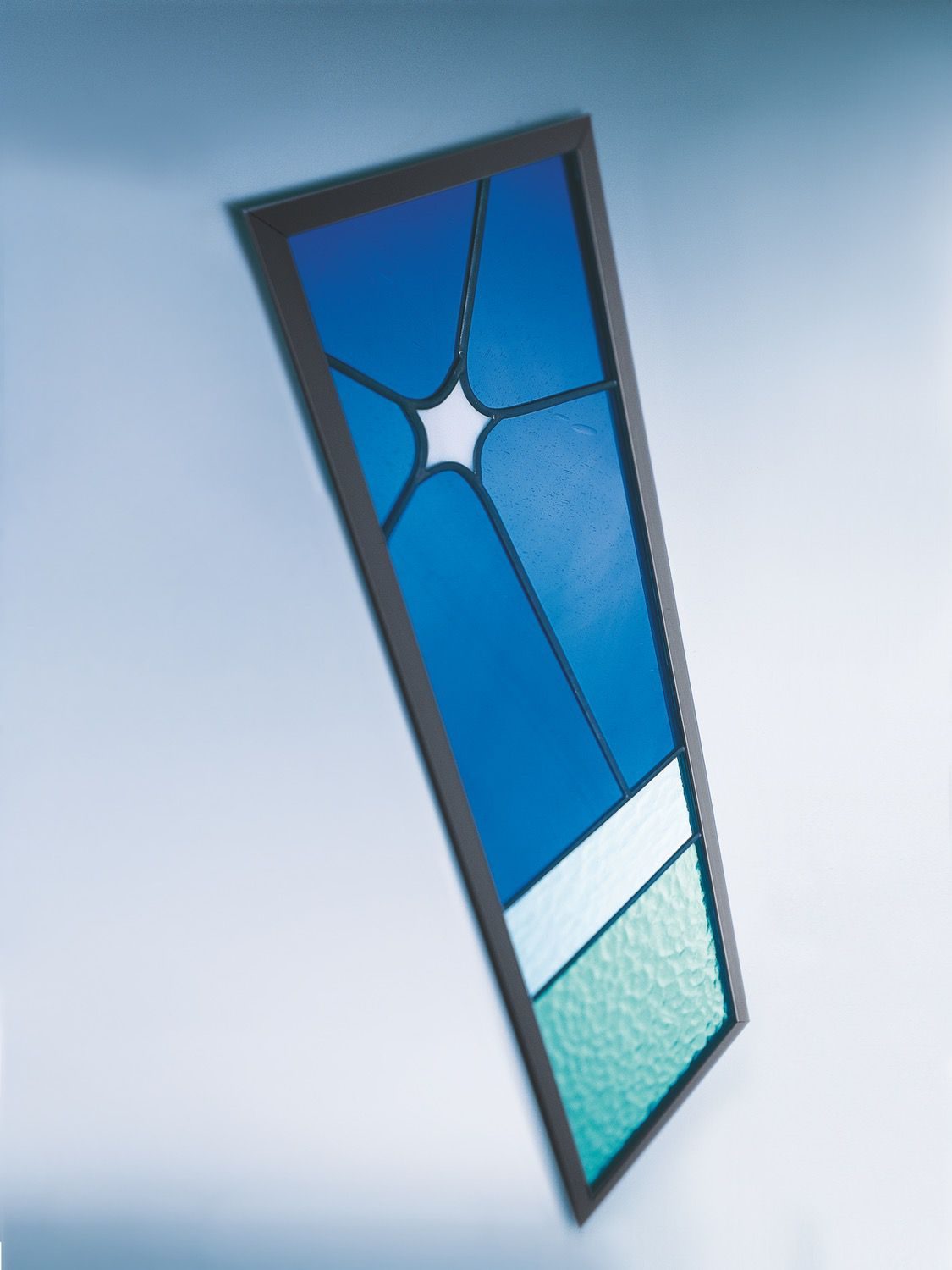
Harmony
Afra and Tobia Scarpa were the first to animate the Henry glass doors with their experience in the world of glass, and their passion for art and life, a passion that was cultivated in the heart of the Venetian countryside, a place accessible only by a weaving and rough dirt road. To protect it, a solid shell was made that contrasts with the surrounding nature: a villa-lab with modern rationalist architecture – seemingly impenetrable, just like its inhabitants.
But once inside, it seems to open up another world. One of the two architects is in a great study with rough walls and windows overlooking the tall grass, because it must be said, their own ideas become natural with a huge pencil drawing on a table, rather than on paper.

Unique pieces of blown glass, bound together to create profiles of leaves and flowers, skies and stars, simple but rich of primordial wonder. Fragments of light where the glass becomes the landscape and the lead-bound their boundary.
Foglie con bacche
Stelle
BrunoMunari
a genius, who has always believed in the possible
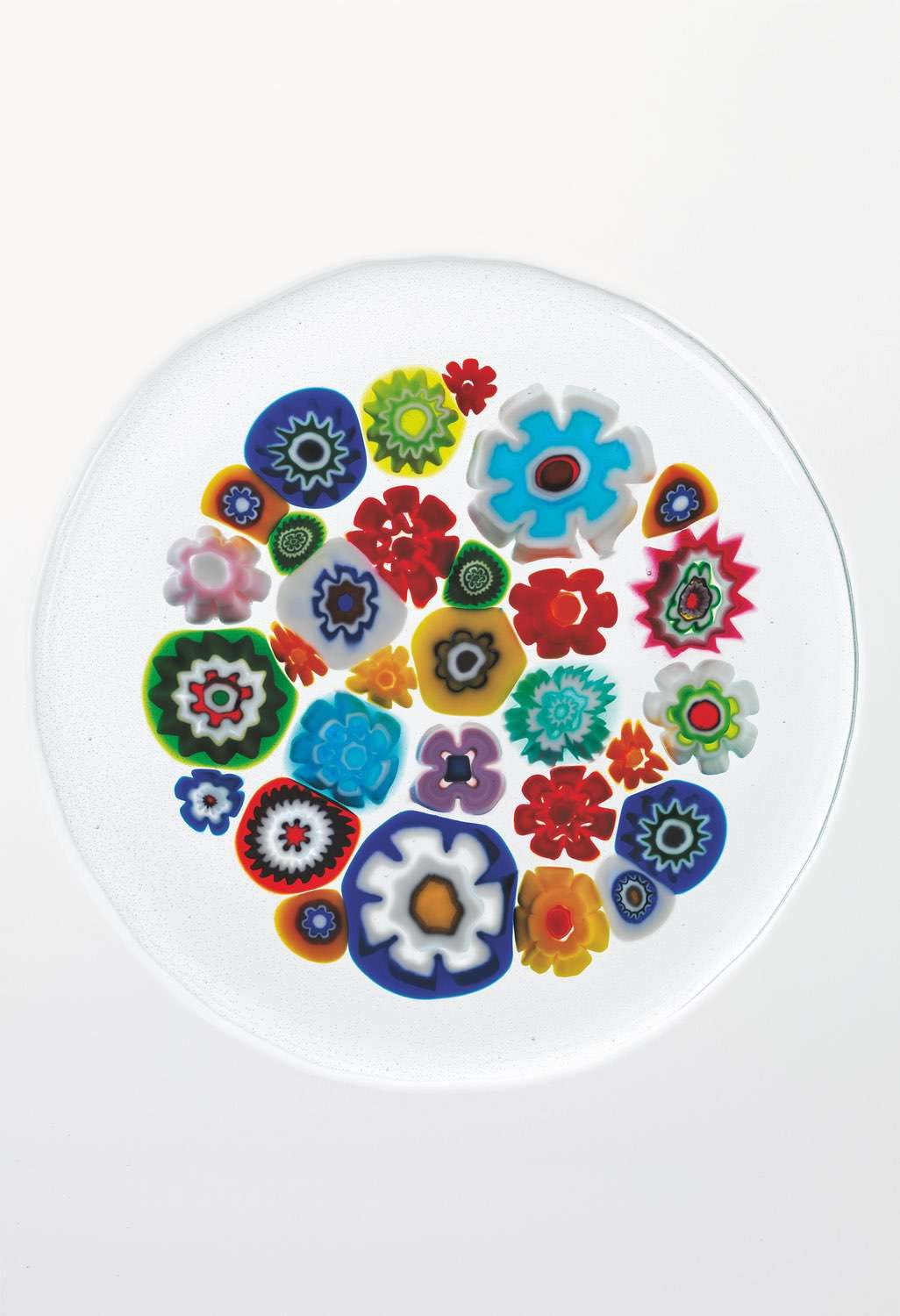
Creativity
“It’s so beautiful that it seems you could eat it,” exclaimed Bruno Munari, biting into a wand of murrina as if he were tasting a piece of nougat. And immediately afterward he suggested we apply them on the doors. An idea that afterward everyone tried to imitate. And he added, “but you must make them so that they become great, because they must be seen from far away”, this kept us busy for more than a year in experimentation.
Munari was like this: a child’s heart, full of a logic all its own, dedicated to study the rules to break them or mix them to create new balances.
I remember, for us, a genius who always believed in the possible.
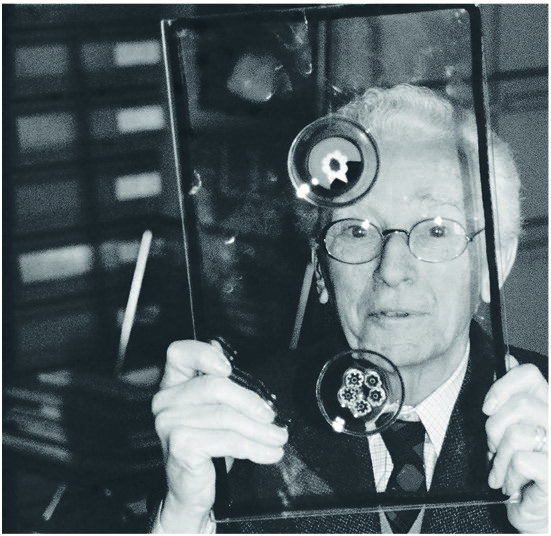
Precious, lighting, psychedelic and original.
Glass coloured sweets, playing in the sizes and colours, mixing from time to time a flower or a star to create infinite combinations. Unique doors with unique decorations.
UgoNespolo
a breath of eclecticism and playful harmony
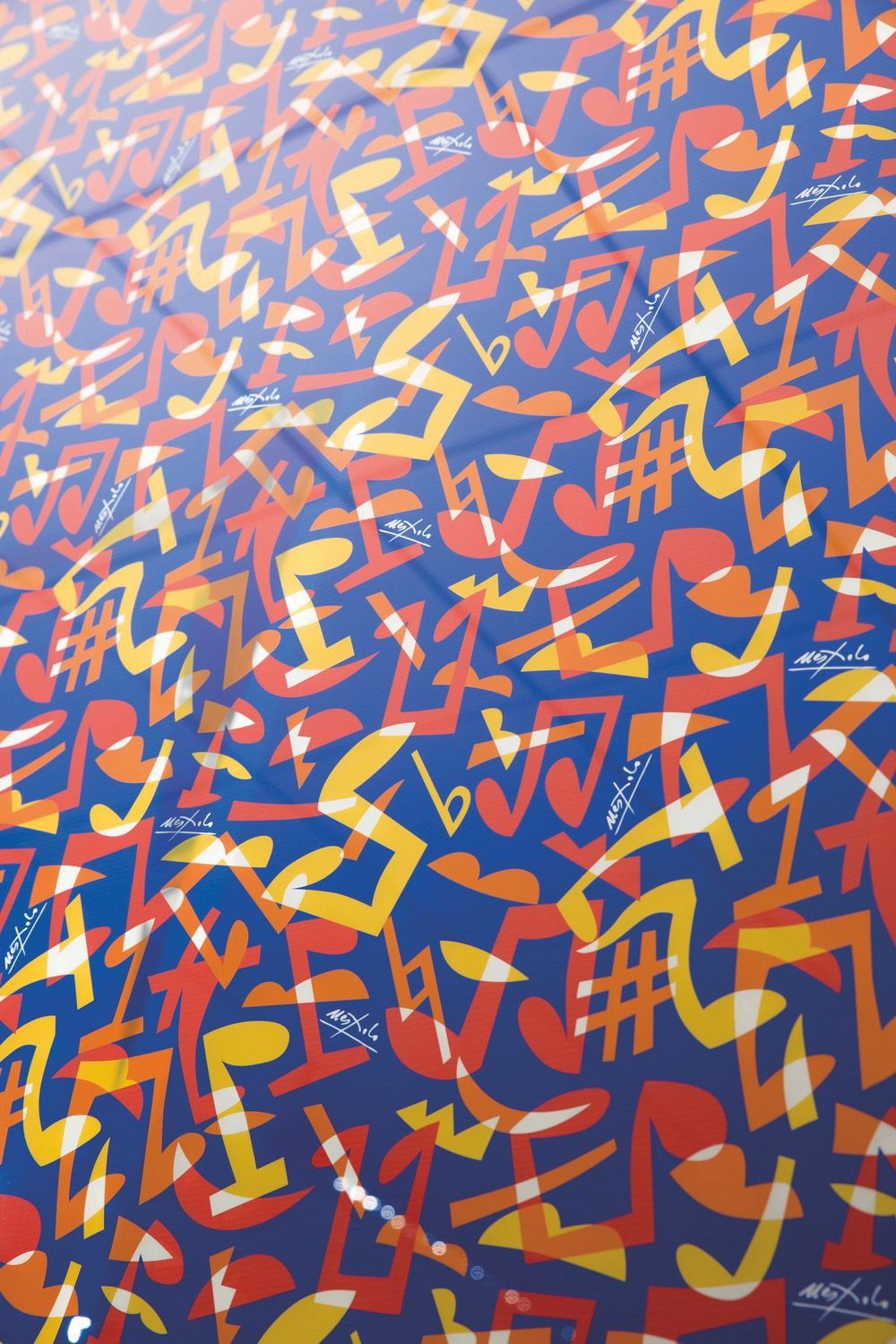
Eclecticism
A building that should have been used as a mechanic’s workshop, then converted into an immense and functional space that still evokes cultural ties with Futurism and the avant-garde of the twentieth century; an extraordinary creative environment combining the different aspects of human creativity.
This is the laboratory of Ugo Nespolo, an immense container of spaces with different functions where one can feel how fundamental cultural experience is in the work of an artist who has never limited his interests solely to painting, and never believed that one should only use brushes because all the historical avant-gardists demonstrated otherwise.
A person of profound culture but with a friendly soul, always helpful and enthusiastic in the association of mosaic/glass that we offer: a technique that already was part of his creative experience but that implied new trials, swirls of images, colour flows, graphic puzzles and letters to be worked out in a new material and ironic language.
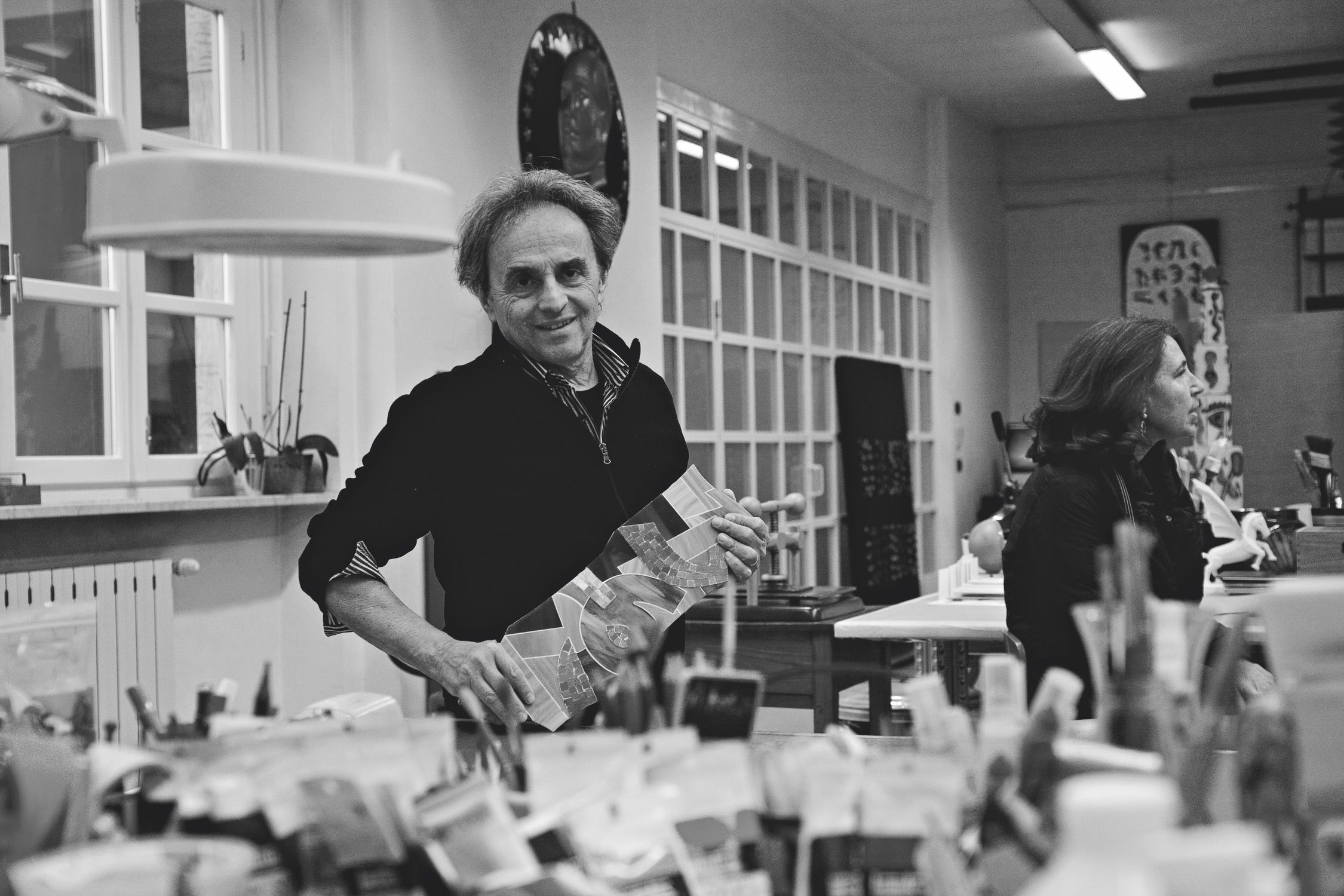
His decorations are cheerful compositions of typographical and figurative elements which form a balanced puzzle of symbols, from a graphic print readable at a glance, intense and never taken for granted.
Schick
CollezioneAccademia
“Accademia” is a collection of decorations created inside the melting pot of ideas that is the Academy of Fine Arts of Venice and was developed during the Decoration Course.
The experience of bringing together a group of university students with Henry Glass gave birth to unique artistic compositions that were definitely outside the box, where glass is an expressive medium between the irrepressible creativity of young people and the actual needs of a production reality, that must interface with the market.
This collection looks interesting due to the quality of ideas, the strong personality of the young authors, the contemporary message, and the cultural dimension we intended to give to the initiative.
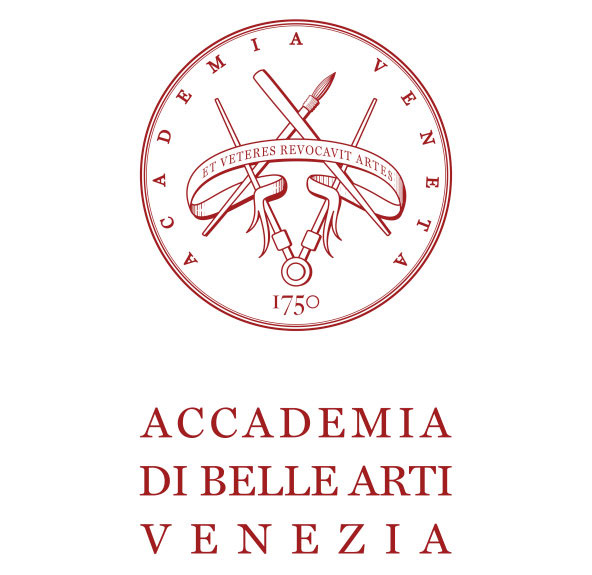
AlessandroMendini
a man, or perhaps a child, of great simplicity and spontaneous enthusiasm
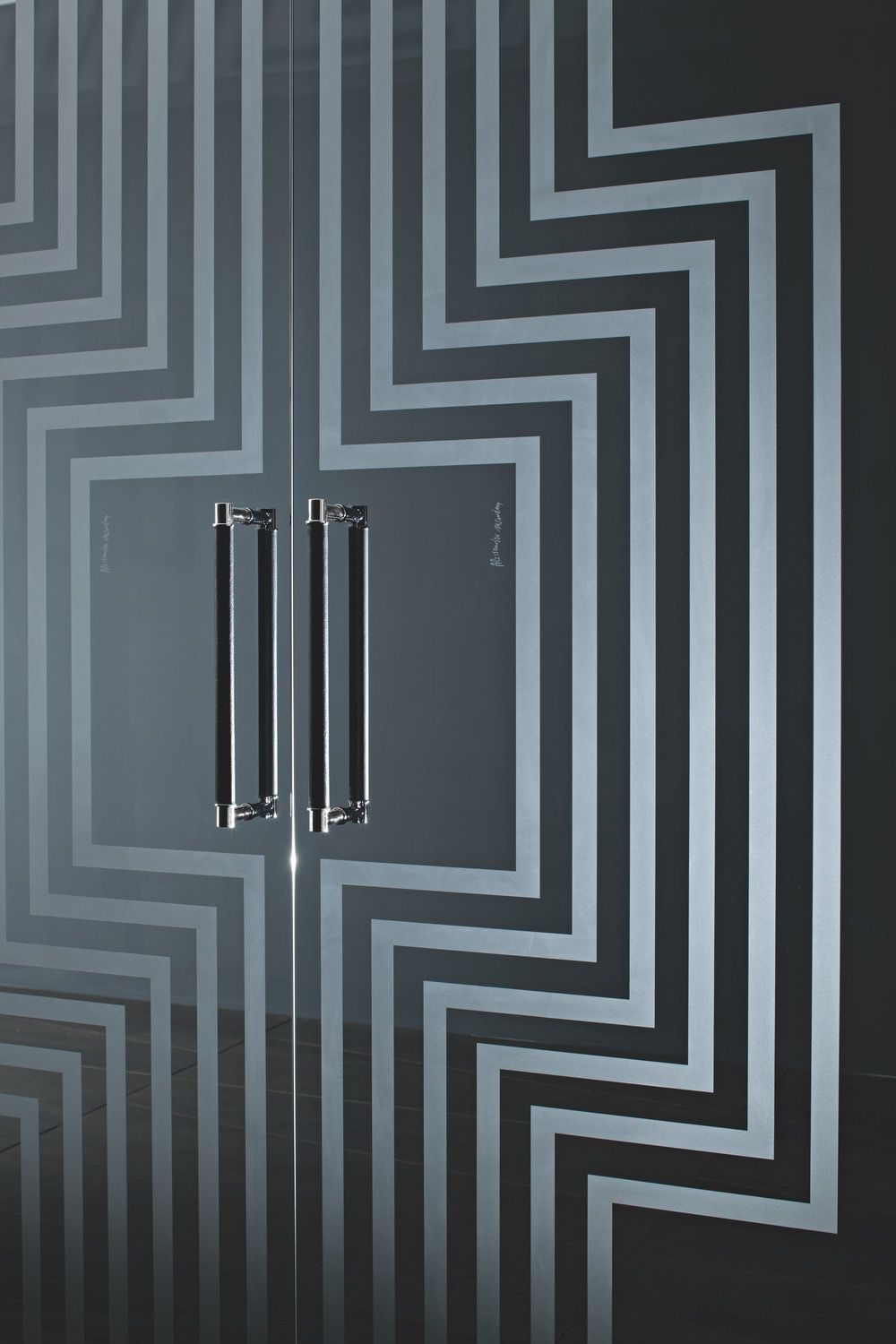
Color
The Milan atelier that Alessandro Mendini shares with his brother Francesco is a blend of simplicity and imagination in an old abandoned factory “inhabited” by creatives of all nationalities.
We met him there, the first time. And in those bright spaces, colours – so important to him – seemed inspirational to us. Mendini is a man, or perhaps a child, of great simplicity and spontaneous enthusiasm. Thus, he is a spiritual person.
Playful and enigmatic he seemed to listen with his eyes rather than ears, almost in search of our true values. For this reason, his projects gratify actual needs: Mendini believes that everyone has a soul, even objects; and intensely searches for it.
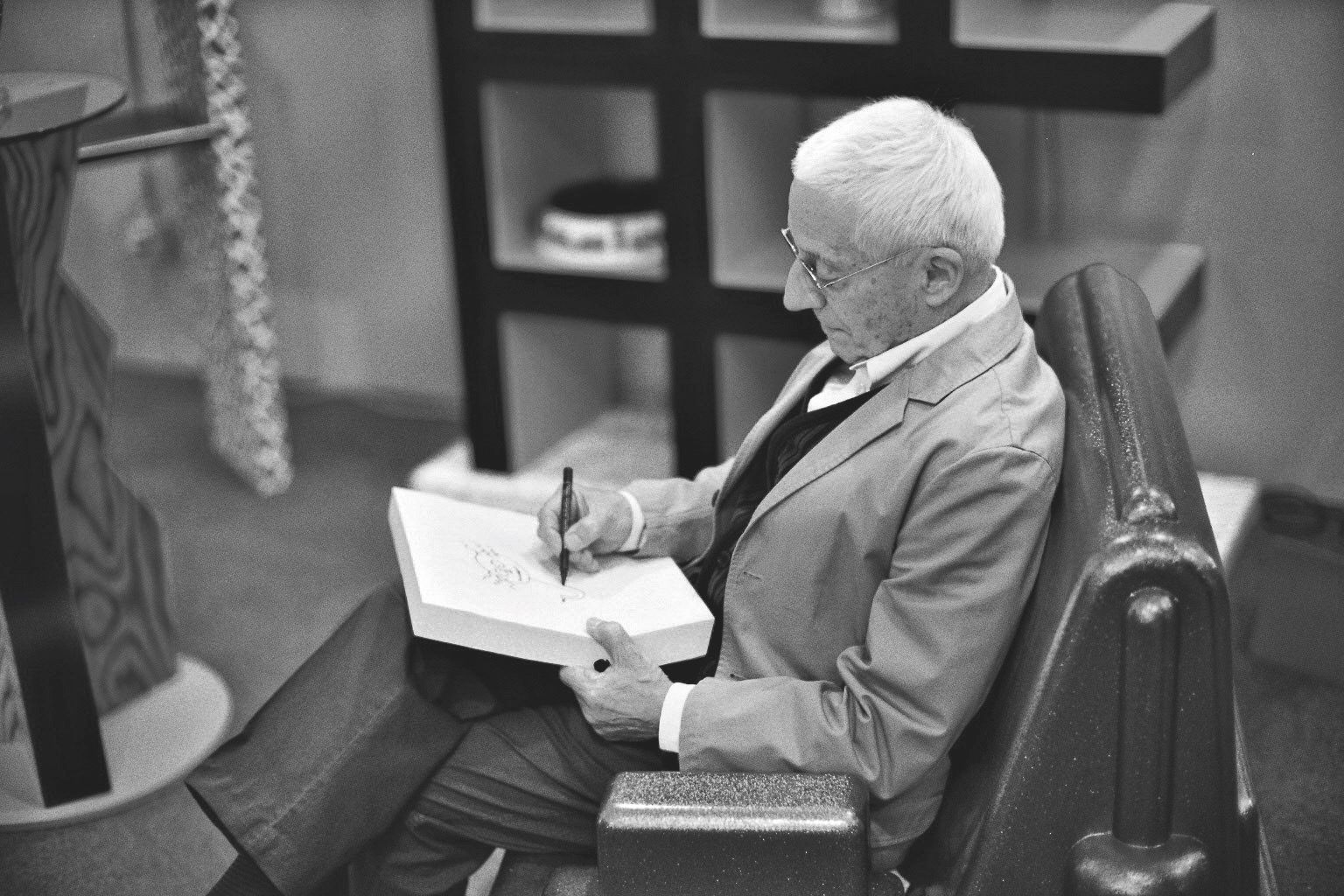
Straight lines, outstretched toward the top, without a start or an end. Continuing lines but broken in one or more edges and lateral tensions that indicate an immediate dynamism where the geometry is mixed with fantasy.
RiccardoDalisi
a truly volcanic man

Art
Riccardo Dalisi isn’t just a man full of creativity, who has already invented a thousand things before resolving one: he is a truly volcanic man just like Vesuvius, which, together with the wonderful Bay of Naples, can be seen in all its Majesty from the terrace of his laboratory.
We would have wanted to do it upon arrival, but it was impossible not to look around: his studio looks like a puppet workshop, bloated with objects, paintings, sketches in precarious balance where everything is hanging, squeaking and swaying. Immersed in a sea of vibrant stacks of cards, miniatures, sculptures and bobbing coffeemakers, we are struck by the rare sensitivity of this artist, active in the social and lover of organised chaos.
His idea? Combining glass and metal at an unusual standard. We made it, and here is a system of balance that, as Dalisi stated, constantly suggests to us that “we don’t have to convince, we have to overwhelm!”.
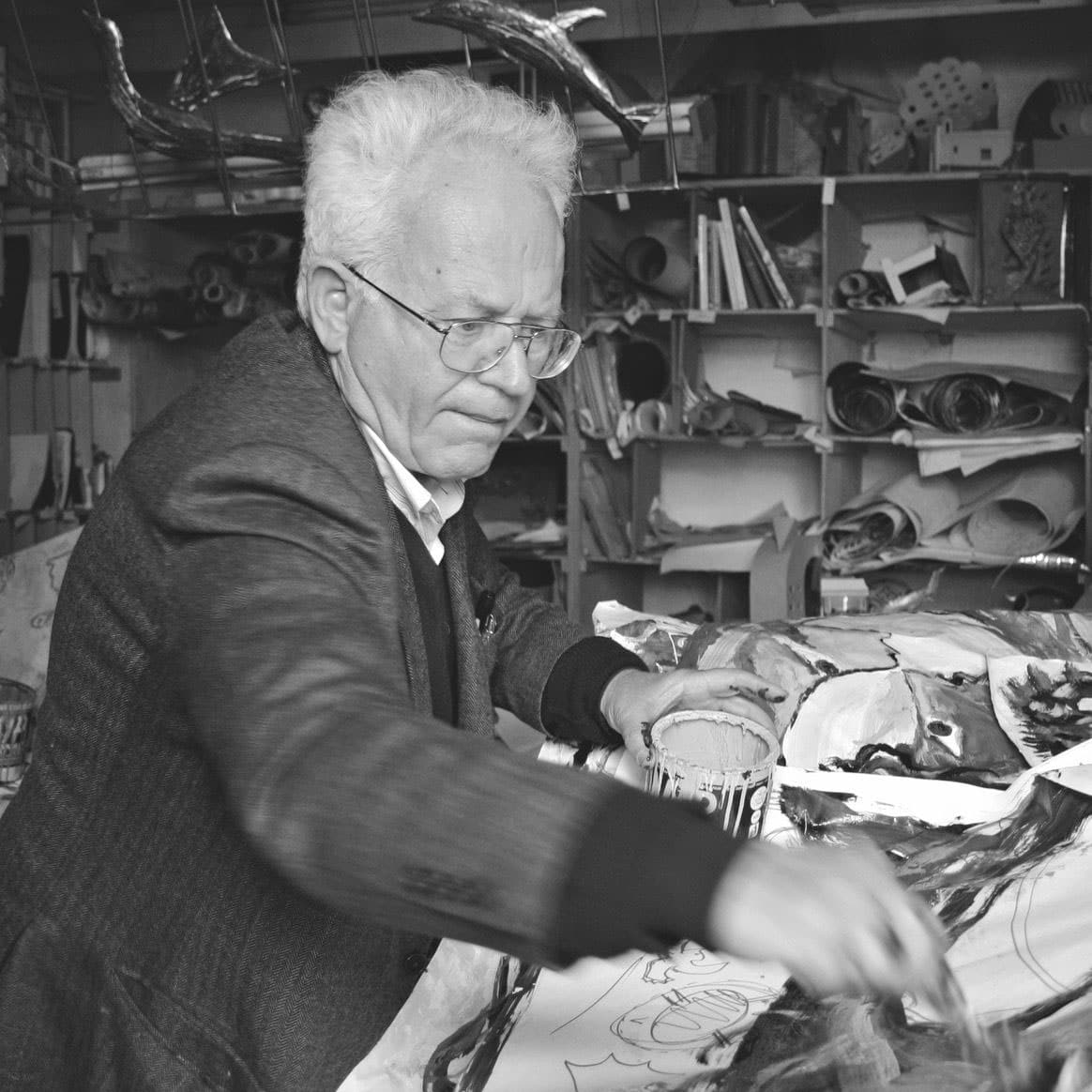
The perception of movement, the feel of a flower moved by the wind.
A dynamic and sculptural element, made more vivid because he has chosen the hand made blown glass, that for its own nature is unique in every single pane produced, rich of differences, bowls, rough or smooth surfaces.
Fiorlì
Fiorlà
RenataBonfanti
Happy combination of delicacy and sensitivity
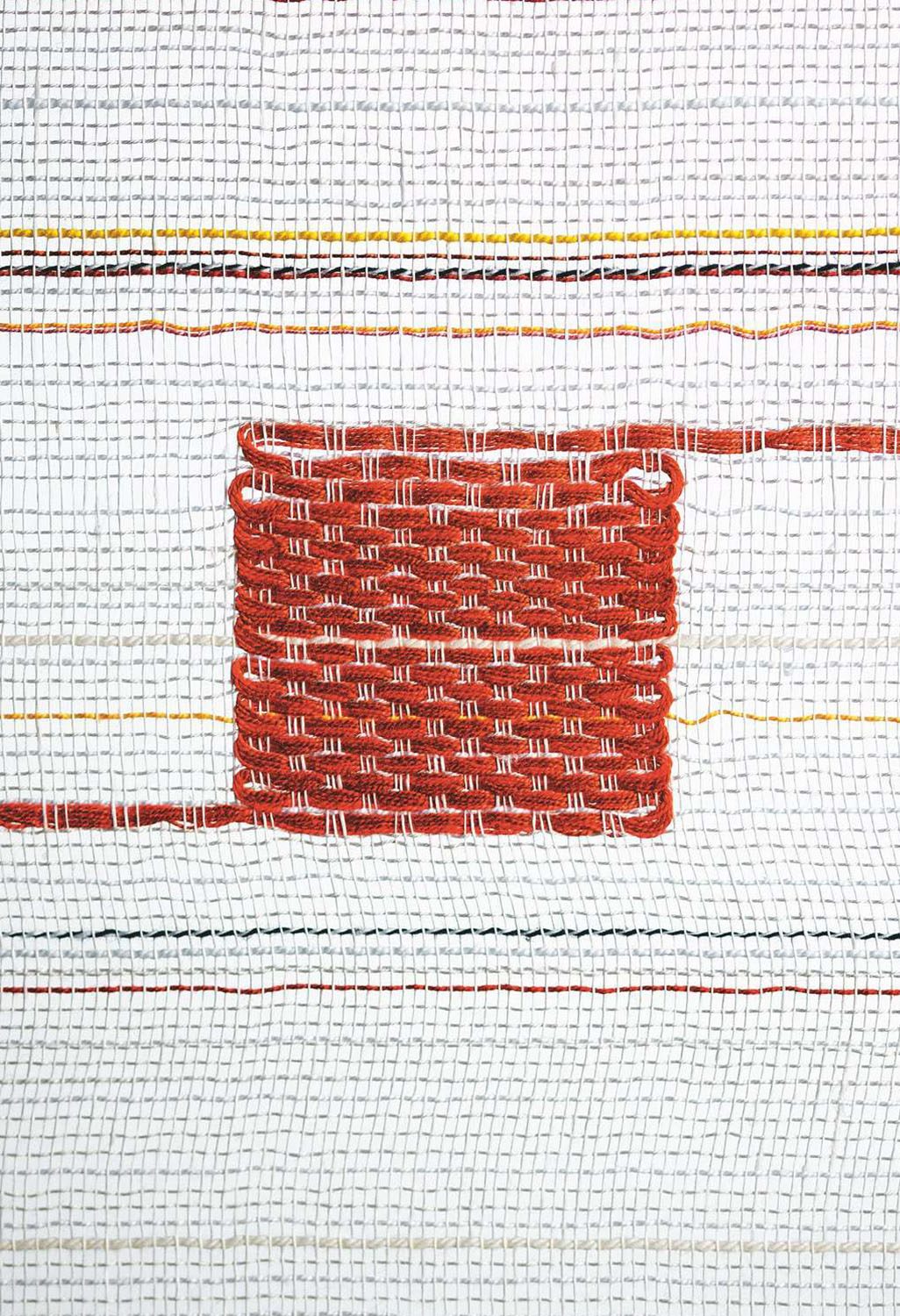
Passion
She called us to suggest the unprecedented joining between a glass and fabric door, on her own initiative. And for that we are doubly grateful because it is rare to meet a person like Renata Bonfanti. Happy combination of delicacy and sensitivity.
In his lab nestled in the countryside live boxes of crayons, art books always open and a bevy of looms, tapestries and rolls of coloured wool that blend so well with the external nature to look like their perfect projection.
Textures, moods and feelings that Renata Bonfanti took from details of nature and set in design for our doors: each tapestry is made by hand, using a loom.

Different light and large textures, where thin and large threads mix and match each other, neutral and vivid colours, geometry and simple drawings with a great communicative strength. The weaving is interpreted as an architectural element, color sequences that are told through a “alive” matter.















































